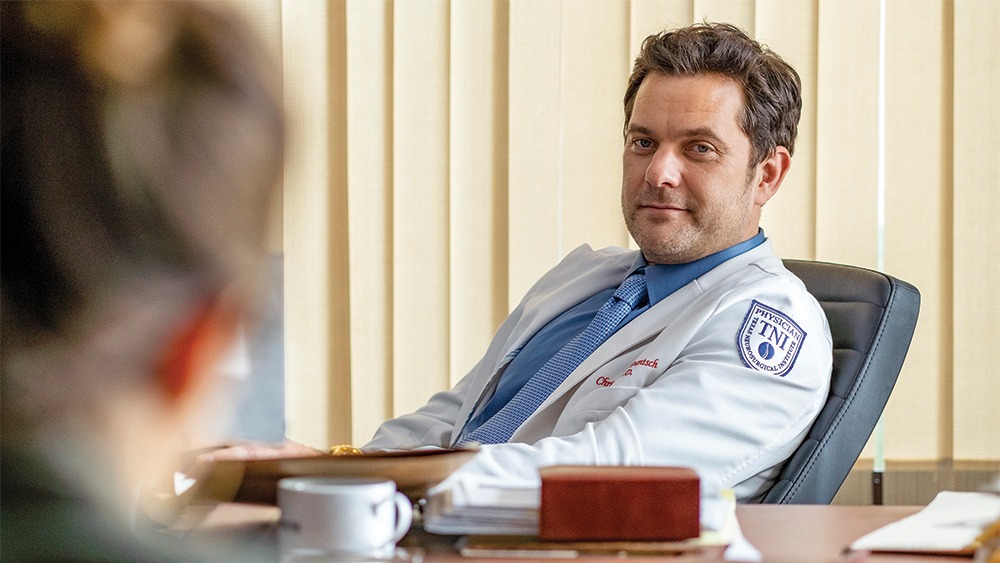#Mets mailbag: Why the Wilpons are constantly losing money

“#Mets mailbag: Why the Wilpons are constantly losing money”
August 24, 2020 | 9:00am | Updated August 24, 2020 | 9:45am
With the Mets up for sale, we hear the team is losing a lot of money each year. Why is this so? The Mets play in a big market and the fans come out when they are winning and the team has been all-in the last few years. Why do my beloved Mets lose money? — Mike
Two significant factors to consider with the Mets’ estimated annual losses, which have been pegged around $80 million in a normal season, are the club’s TV contract and stadium debt.
SNY is a separate entity (in which the Wilpon/Katz families own about 65 percent), and the TV deal is structured as such that the Mets receive only about $54 million in annual rights fees, according to Fangraphs. That puts the Mets, in the nation’s largest media market, squarely in the middle of the MLB pack in local rights fees payments. In comparison, the Yankees receive about $115 million annually from their TV deal. The Dodgers receive a whopping $231 million windfall annually in local TV revenue.
The Wilpons want to keep SNY for obvious reasons — the network is a cash cow, bolstered by the fact it pays so relatively little to carry Mets games. The contract between the network and team runs through 2030.
The Mets also expend about $50 million annually on bond and rent payments as part of the massive debt on Citi Field, contributing to their losses.
Don’t shed tears for the owners, who are expected to sell the Mets (without the network included) for around $2 billion. The team was valued at $391 million in 2002 when Wilpon/Katz bought out co-owner Nelson Doubleday.
Will Michael Conforto get an extension?— @JoeLGMets
He’s off to a hot start this season and showing he’s deserving, but it also takes two to tango. The bigger question might center on whether Conforto and his agent, Scott Boras, are motivated to negotiate an extension this offseason, a year before the outfielder is set to hit free agency. The Mets are thin on outfielders in the immediate pipeline, so it would make sense to push hard on a new deal for Conforto this winter, before he can hit the open market.
Is Brandon Nimmo a plus player or neutral player? — @jamesjj999
If the Mets had the luxury of playing Nimmo in left field full-time, he would fall into the “plus player” category, based strongly on his ability to get on base. Nimmo is miscast in center field, pushing him toward “neutral.” With the Mets stocked at the corner outfield spots (Conforto, Dominic Smith, Jeff McNeil, J.D. Davis) you have to wonder if this is the winter the Mets will trade Nimmo and commit to finding a legitimate center fielder. Or maybe the Mets trade another of the corner outfielders and commit to Nimmo full-time in left field.
Is there any chance the Mets would change their mind on Seth Lugo and keep him in the bullpen due to the unfortunate COVID break? — @jensun123
It would be bad form by the club, especially given that Lugo has desired to start for so long. But Michael Wacha and David Peterson could be soon returning to provide other rotation options behind Jacob deGrom and Rick Porcello. Maybe Lugo swaps into the rotation for Robert Gsellman, who has been shaky in his two starts.
Why is the team obsessed with using Walker Lockett? — @baseball_agony
Adam Guttridge, the Mets assistant GM who was largely responsible for the trade that brought J.D. Davis to the team, is a big proponent of Lockett’s. The Mets have viewed the right-hander as somebody who maybe just needs a chance to pitch to develop. That said, Lockett is running out of chances with the Mets.
I see that three of our top prospects have been added to the 60-man squad, which I imagine is for development purposes, but what is the team doing to help with the other top 30 prospects in their crucial development process? — Michael Cannet
Ronny Mauricio, Francisco Alvarez and Matt Allan have all been working out at the Mets’ alternate training site in Brooklyn, giving them exposure to Triple-A-type and major league players. But the vast majority of prospects, in every organization, are on their own, albeit checking in regularly with player development staff. The absence of a minor league season will hurt everybody.
If you want to read more Sports News articles, you can visit our General category.
if you want to watch Movies or Tv Shows go to Dizi.BuradaBiliyorum.Com for forums sites go to Forum.BuradaBiliyorum.Com




